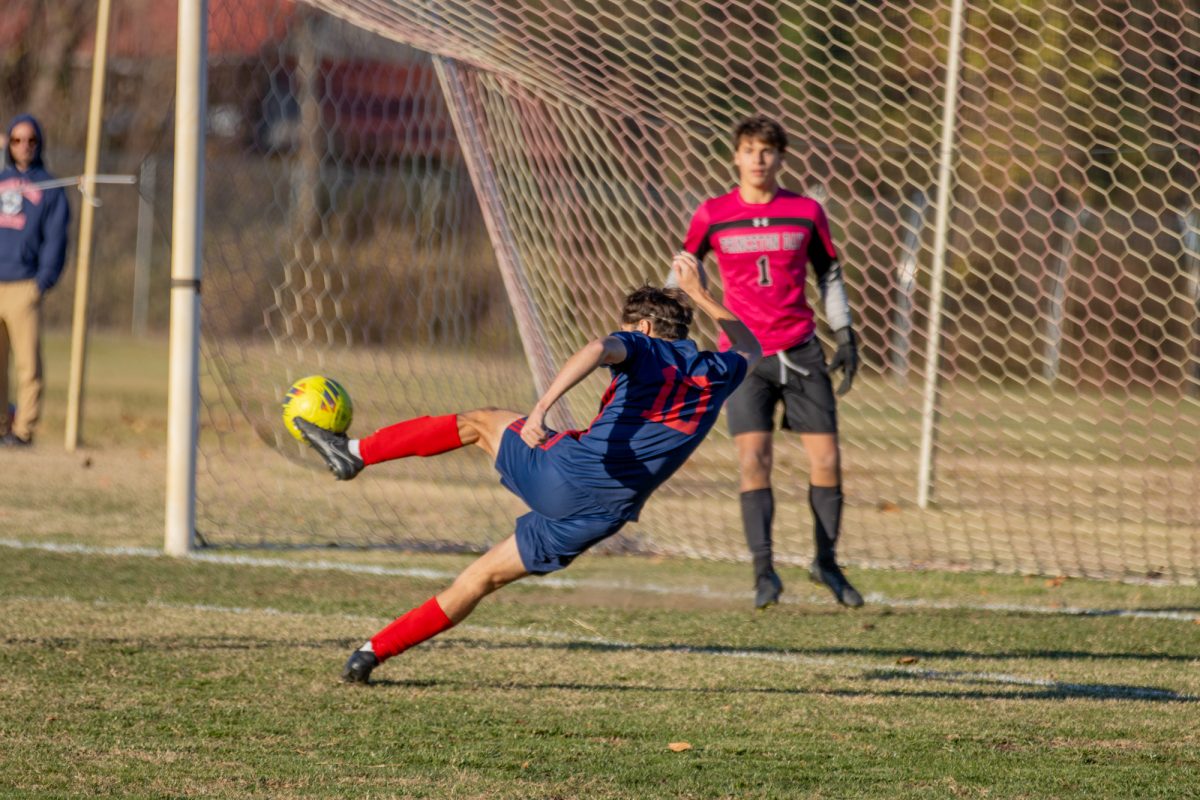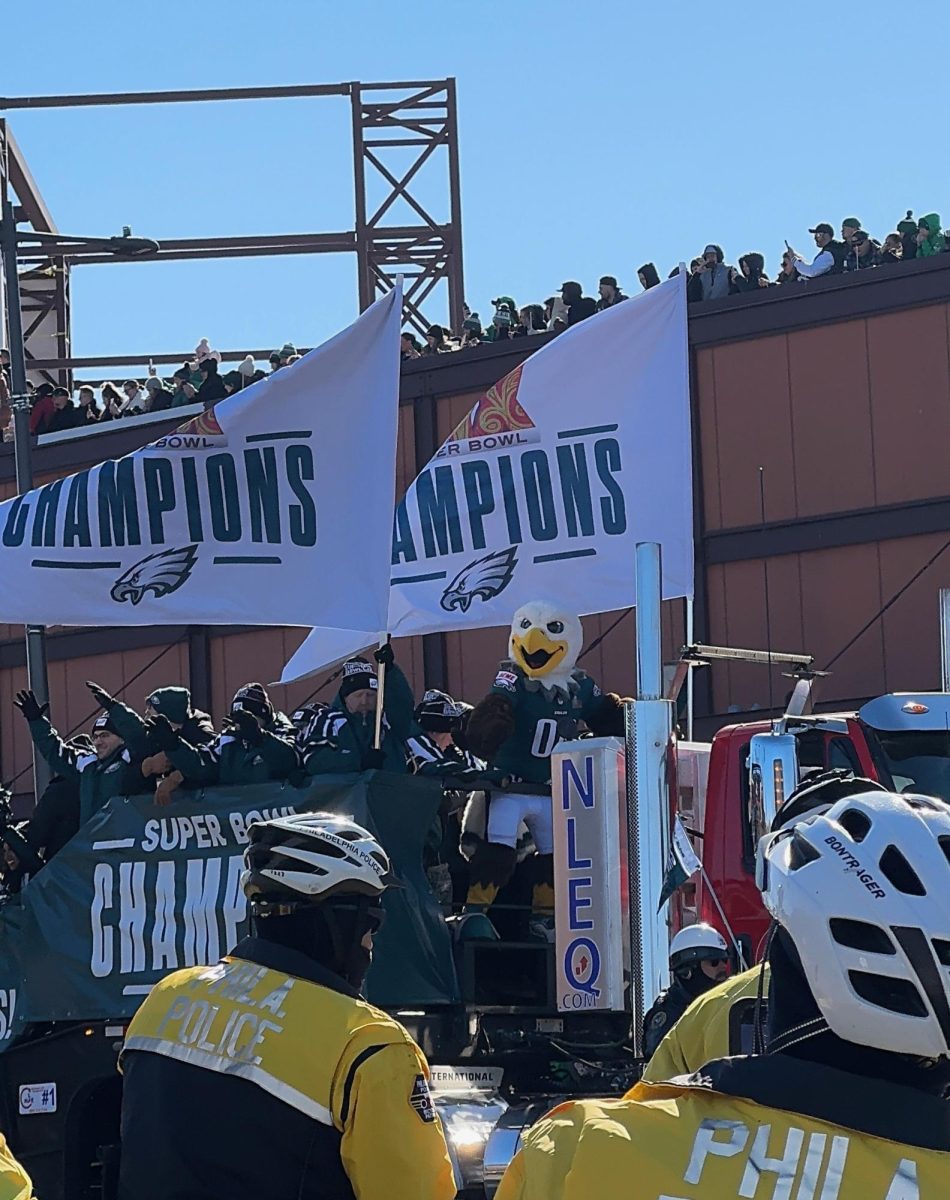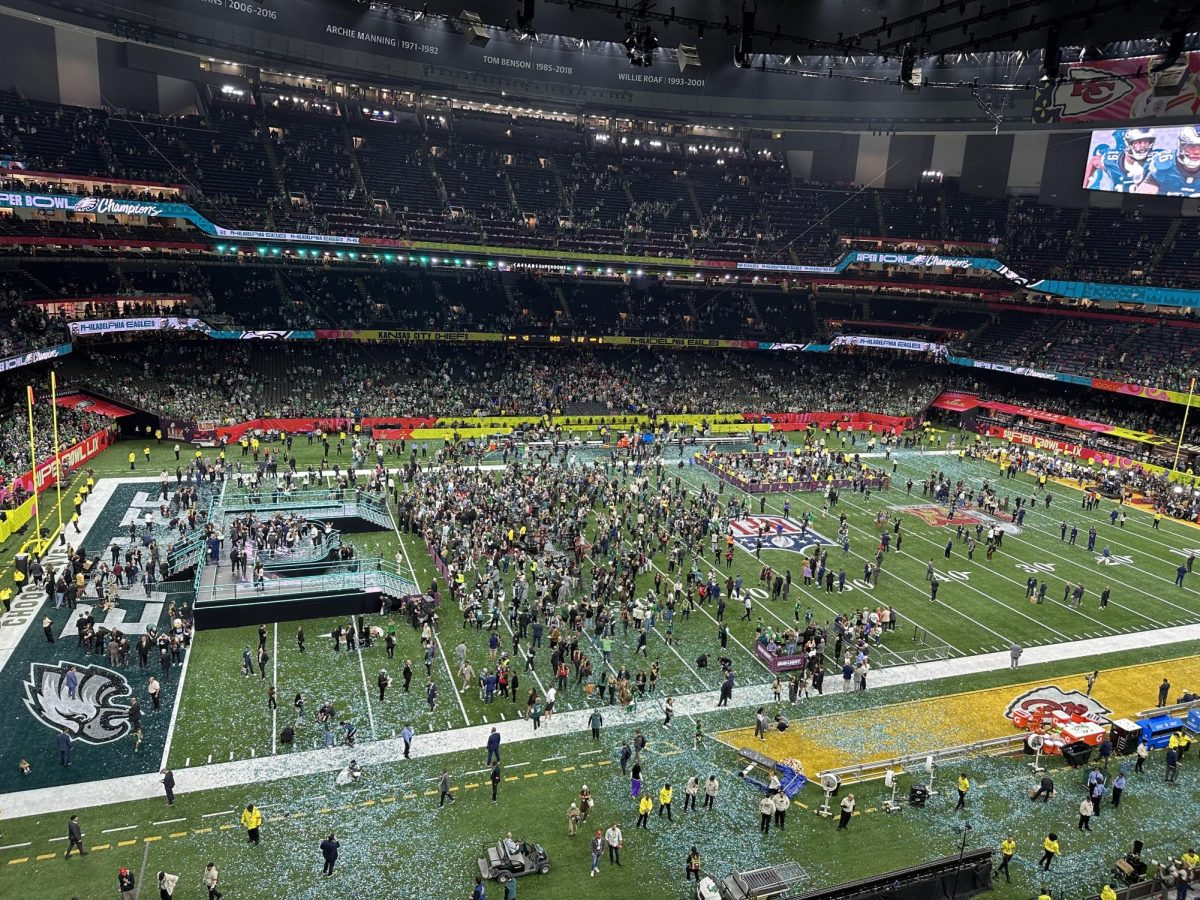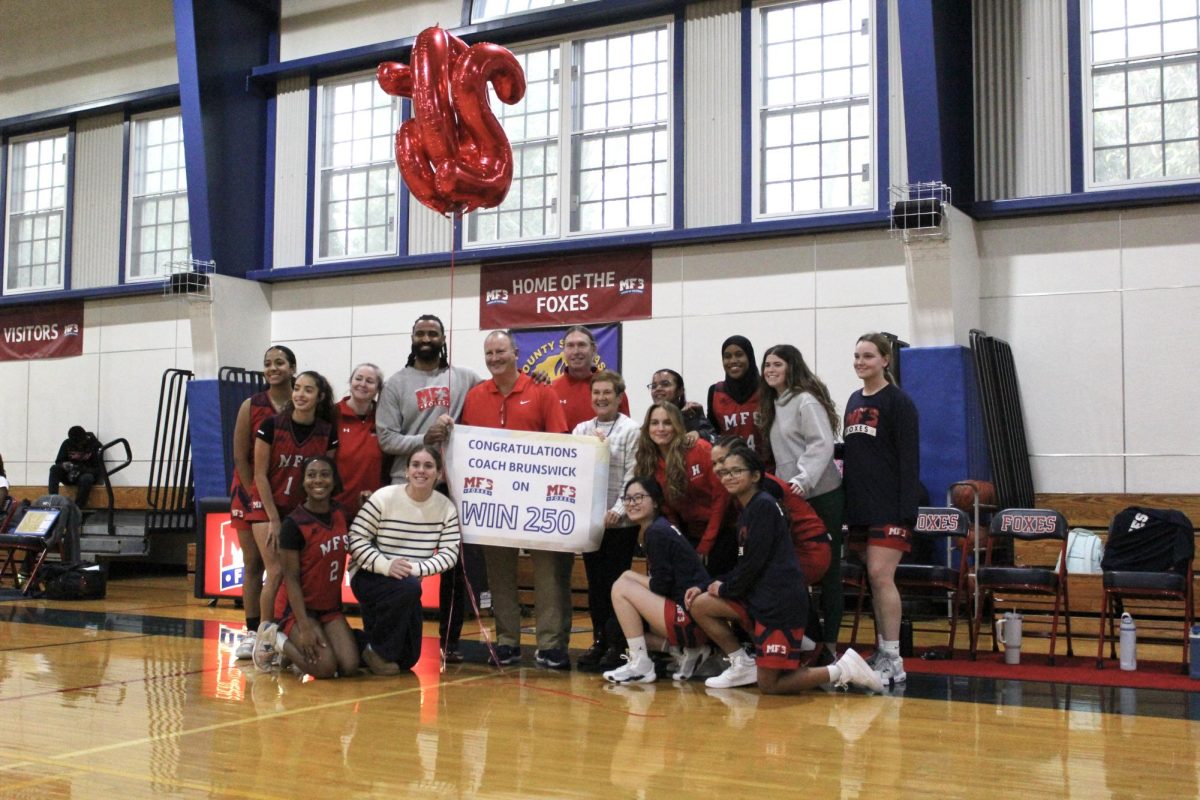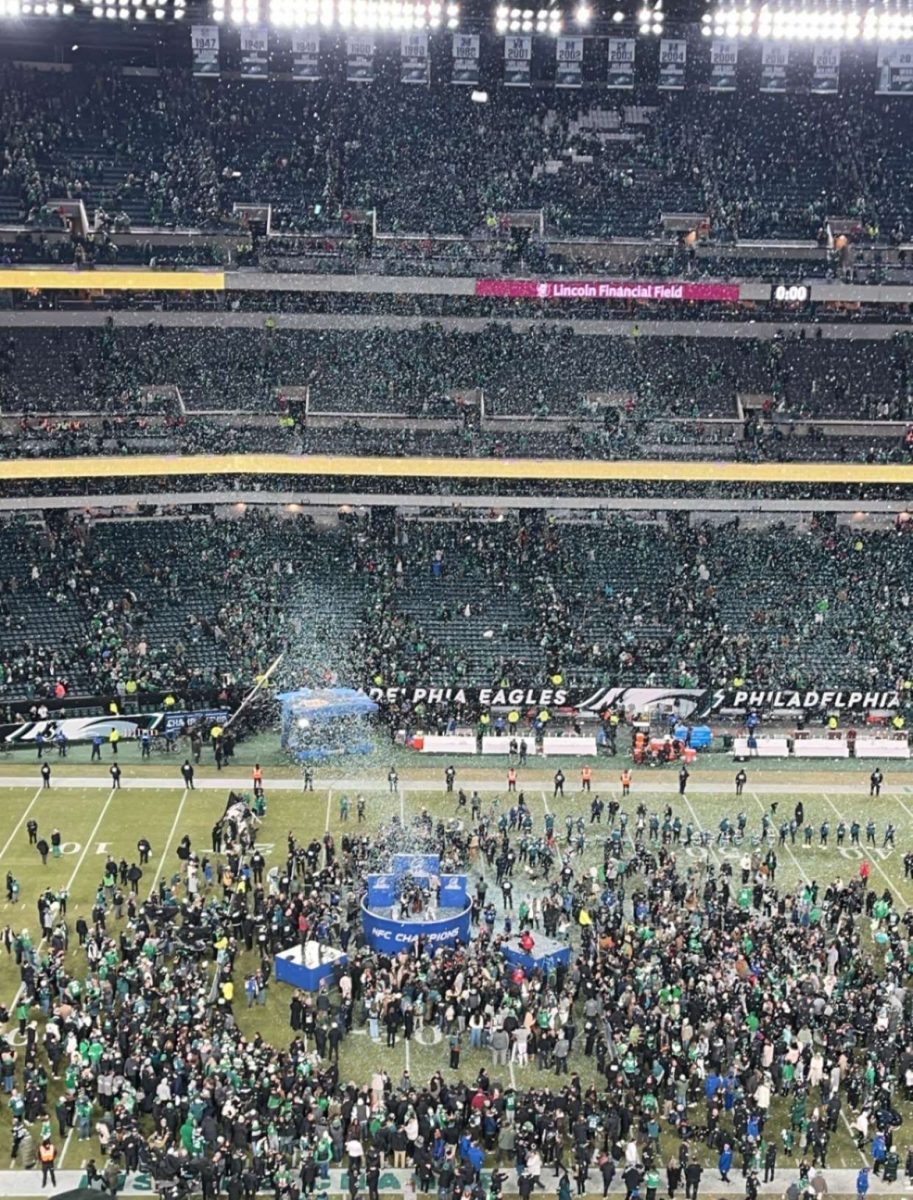Remember Armando Galarraga, the unfortunate pitcher whose should-have-been-perfect game was ended by umpire Jim Joyce’s blown call? How about Game 6 in the 1985 World Series, when a 9th inning miscue by umpire Don Denkinger led the Cardinals to lose the game and the series? Or Tim Welke, whose skewed depth perception led him to call Jerry Hairston out even though the first baseman was two feet off the bag? This week, Angel Hernandez and Fieldin Culbreth joined the saga of umpiring miscues. Poor MLB umpiring has once again been brought to the spotlight, with the lack of video replay taking the brunt of the blame.
On Wednesday, May 8, the Oakland Athletics trailed the Cleveland Indians 4-3 with two outs in the 9th inning when Adam Rosales hit what should have been a game-tying home run. The play was ruled a double on the field because the ball bounced back onto the field and it was unclear whether the ball hit the fence or railing. Despite clear video evidence showing the ball hitting the railing at least a foot above the fence, the umpires maintained that the ball was not a home run. The A’s then made the last out to end the game two batters later.
On May 9, the Los Angeles Angels were batting in the top of the seventh inning in Houston when starter Paul Clemens was relieved by Wesley Wright. The Angels countered by bringing in pinch-hitter Luis Jiminez, to which the Astros pulled Wright from the game before he threw a pitch. The problem with this scenario lies in rule 3.05b, which states that a relief pitcher must “pitch to the batter then at bat, or any substitute batter, until such batter is put out or reaches first base.” Clearly, the second pitching change by the Astros was illegal, but Fieldin Culbrith allowed it. The Angels did come back to win this game, but both mistakes from the week are embarrassing for both Major League Baseball (MLB) and its umpires.
The MLB was the last major American sports league to implement instant video replay for officiating. It uses far less officiating video than other sports, restricting its use to questions on home runs only. Proponents of video replay, who value correct calls more than swiftness of the game, have suggested a system similar to that of the National Hockey League, in which an off-field officiating room can be consulted when video review is needed. Such a system would have been beneficial in the Hairston scenario, as every video angle showed the first baseman’s foot significantly off the base. Because its usage is so limited in comparison to other sports, the question of video is always brought up when umpires are in negative publicity. So, while increased video replay would not have helped in either incident over the last week, the issue was discussed again.
Perhaps exacerbating the lack of video replay is rule 9.02c which states that, “if a decision is appealed, the umpire making the decision may ask another umpire for information before making a final decision. No umpire shall criticize, seek to reverse or interfere with another umpire’s decision unless asked to do so by the umpire making it.” An adaptation of this rule would also have helped in the Hairston scenario. Assistance from Welke’s fellow umpires would have made the right call possible in this situation. Changing this rule to allow crewmates to work together more without direct request from the calling umpire would certainly reduce the blatant mistakes.
However, many more traditionalist fans value the human error aspect of the game claiming that incorrect calls are part of the game. They enjoy the variety in umpires and are against the high dependence on technology. Many also fear overuse of technology slowing the game down. Joe Torre, Vice President of Baseball Operations, said, “You could start replaying stuff from the first inning on and then time the game by your calendar.” If video replay’s use was expanded in baseball, the system by which it would be used would have to be altered. The current system, in which the umpires run off the field, review the play, and then return to the field, often takes several minutes, and multiple of these kinds of reviews in one game would greatly increase its duration.
It was an embarrassing week for the umpires of MLB with two blatantly blown calls. The quality of the league’s officiating has been brought into question again, and the lack of video replay has been accused of being the culprit. Should video replay’s use be expanded in baseball? Will it solve the problems, or is the only real solution to increase the quality of on-field umpiring?


